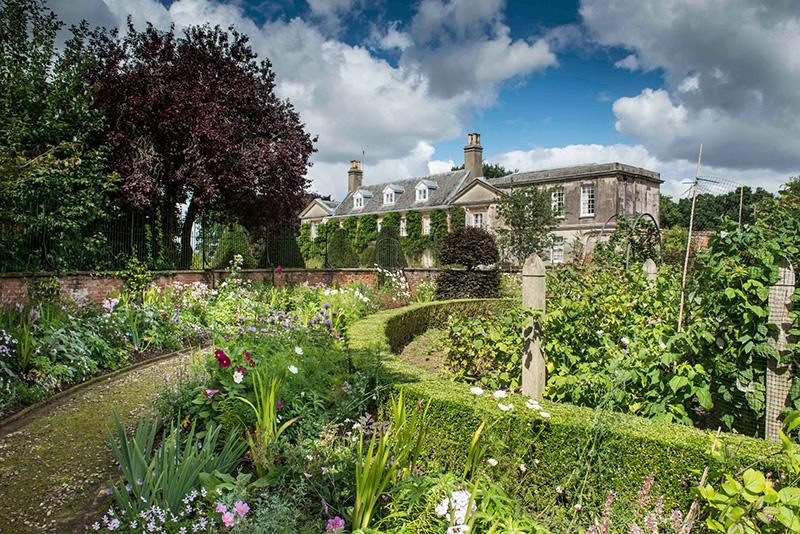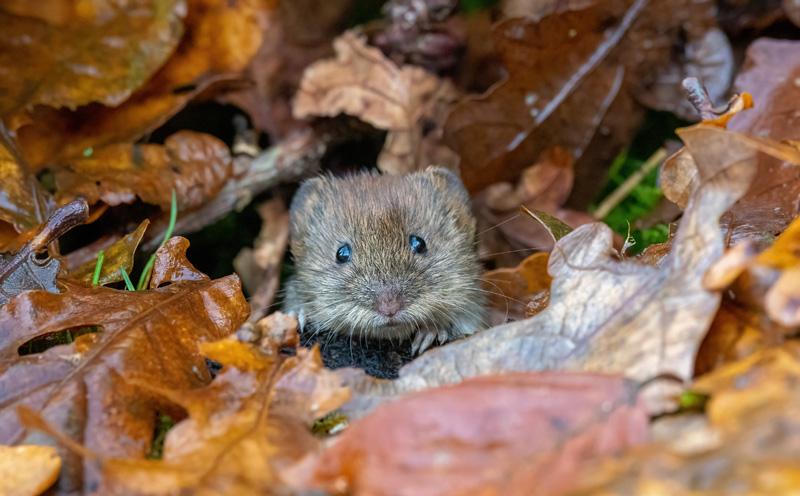 Sea Eagles threat moves counties
Sea Eagles threat moves counties
From Norfolk to Suffolk
Source: www.farminguk.com
Free range egg producers in Norfolk appear to have succeeded in their fight against plans for the introduction of sea eagles. But colleagues further south are facing the same battle after Natural England announced it was now looking at Suffolk as the most suitable place for the birds of prey
We reported earlier this year about the anger aroused by Natural England’s plans for Sea Eagles in Norfolk. One of the most outspoken opponents of the plan was Stuart Agnew, who has 22,000 free range layers on his farm near Fakenham. He accused Natural England of wanting to turn the country into a wildlife reserve. He and others farmers said the sea eagles would pose a threat to hens and other livestock not only by taking birds but also by simply flying over farms. Over-flying by birds of prey would cause deaths from crushing as a result of panic caused amongst the hens and would result in reduced productivity.
Natural England’s announcement that it had switched its attention away from Norfolk and towards Suffolk came towards the end of September. The announcement was good news for Stuart Agnew. He said, “Obviously from my point of view I am very relieved.” He said it was now for farmers in Suffolk to make their views known.
Natural England had previously considered Suffolk as the site for its controversial release programme. It subsequently turned its attention to Norfolk because of fears about the effects of sea eagles on Bittern colonies in Suffolk. Those fears must now have been put aside because following opposition in Norfolk and what Natural England says has been a study into its proposals, it has decided that Suffolk is the most suitable place after all.
“A three-year study of eastern England between the Humber and the Thames has identified the Suffolk coast as offering the best opportunities for enabling the white tailed eagle to re-establish itself in England,” says a statement issued by Natural England.
It says the Suffolk coast is favoured because of its location at the centre of a string of wetland habitats stretching from the Wash to the Thames Estuary. These could provide a suitable home for white-tailed eagles, says Natural England, which says that elsewhere in Europe white-tailed eagles thrive in similar lowland wetland habitats. Natural England’s chief scientist, Tom Tew, said, “Our analysis of the Suffolk coast has produced encouraging results in terms of identifying potential sites that could form the base for a future re-introduction. The task now is to ensure an open and informed debate about whether, and how, to move forward.”
Mark Avery, the RSPB’s director of conservation, said, “These birds belong to lowland England as surely as they belong to the sea cliffs of Scotland. Man is the reason they are missing and it is for us to put that right. It is also why we must do this properly and with regard to people and wildlife nearby. The RSPB want eagles back, but without a return to the conflicts and misunderstandings that led to their extinction.”
It is not universally accepted that sea eagles are native to England. Norfolk naturalist Rex Hancey, who has been one of the opponents of Natural England’s plan, said there was no hard evidence that sea eagles had ever bred in this part of the world. “The case they put forward for them ever having been here seems to be based on the evidence of a single bone,” he told the Ranger in February. “A single bone does not make a breeding colony. I suspect if you were to grub around enough you could come up with a penguin bone. The whole thing is foolish.”
For the farming community it is more than foolish – particularly farmers involved in free range egg production. Free range hens are inevitably susceptible to threats from the air, and large birds of prey like sea eagles pose a very serious threat. Bob Kingery, who farms at Wrentham, Beccles in Suffolk, is just three miles away from where Natural England is now proposing to release the sea eagles and he is very unhappy about the proposal. Bob has 10,500 free range layers.
He has obtained permission to increase numbers up to 14,500 and he is worried about the introduction of large birds of prey. “They tried to get us to go along with it before,” said Bob, who said farmers were approached by Natural England when the agency originally targeted Suffolk for the sea eagle release. “We said no. We said we didn’t want them. When you think about it, these birds will just destroy the chickens.”
Bob said he was amongst a number of egg producers in the area who supplied John Bowler with eggs. John Bowler warned that Natural England could be held responsible for the consequences of any ill prepared plan that had a detrimental effect on livestock.
“As an organisation which is committed to farming, agriculture, nature and food production, we are always delighted to learn about any new incentives to promote nature,” he said in a statement to the Ranger. “However, history can prove that introducing new species can often have detrimental consequences on existing habitats and species and this can often lead to disastrous results.
“We feel sure that Natural History will have extensively researched the possible consequences of re-introducing sea eagles onto the British coastline and will have conclusive evidence to reassure everyone that such an action will not be detrimental to existing fauna, flora or agricultural activities, including free range egg laying hens. If not it could be that Natural History may be found negligent and liable for any consequences. If Natural England has done all the necessary research and collated the evidence to support their decision then we wish them every success with their proposal,” he said.
The NFU has expressed its concern about the proposal, although it has welcomed the fact that there is to be consultation. “We want to put forward the views of farmers before anything happens. Although we do not object to the idea in principle, we do have some real concerns,” said NFU regional spokesman Brian Finnerty.
“Some of the issues that need to be considered are losses of birds by free range producers and the spooking of animals by sea eagles flying overhead.” He said there was also a concern about the wider bio-diversity of the area if sea eagles were to be introduced. “We are also concerned about the cost of the scheme – particularly at a time when the budget is under so much scrutiny,” he said.
He said the NFU was seeking the views of farmers in the area. He had not been told of any deadline for consultation – indeed he was not yet sure what form the consultation process would follow. He said those involved in the proposal had been working with farmers through FWAG but that had been taking place in Norfolk as that was where Natural England had been intending to release the birds. That would have to be done afresh in Suffolk, as the views of farmers in Suffolk could be different to those of farmers in Norfolk.
The proposal from Natural England could see 15 sea eagles introduced to the Suffolk coast each year over a five year period.









